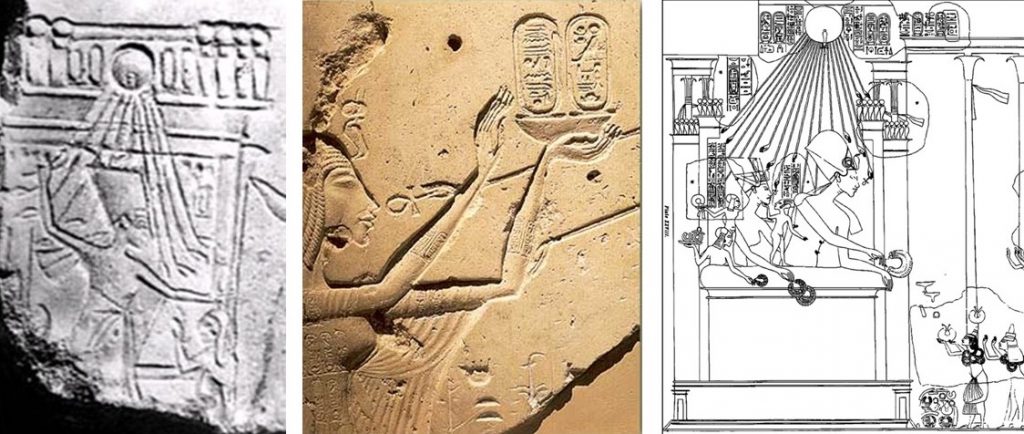Let’s start with that: women were crucial in Ancient Egypt for the dead’s resurrection.
The rite of the professional mourning ritual in ancient Egyptian funerals was based on the Osirian theology.
That happened becasue in the belief of Ancient Egypt the dead (Osiris) was regenerated thanks to aid of his wife/sister Isis (and by extension of his sister/sister in law Nephthys).

Goddess Nephthys from a coffin.
She was able to recover many vital functions to the corpse: breath, movement, virility…Not for nothing the image of Isis (and of Nephthys) was present in funerary artefacts (coffins, sarcophagi, caponic chests…)
We also know that in some moment of the history of Ancient Egyp that regenerating role was responsibility also of Serket and Neith. They formed with Isis and Nephthys a group of four goddesses who contributed actively to the dead’s resurrection. That is why, their images were present in funerary furniture (sarcophagi, ushabti boxes, canopic shrine…).

Canopic shrine of Tutankhamun with he four goddesses Isis, Nephthys, Serket and Neith. Photo www.globalegyptianmuseum.org
That shows how important were women/goddesses for the dead’s resurrection from a professional and official point of view. Their status in this sphere was high enough to become indispensable.
What happened in the Egyptian thought in this regard during the Amarna Period? Under the reign of Akhenaton these divinities disappeared from the pantheon. However, the need of a resurrection did not disappear.
Funerals, mummification, tombs… still existed. But what happened with the concept/image of women/goddesses, who performed a role in the resurrection?
At that point, we cannot avoid thinking of the most important feminine figure during the Amarna Period: Nefertiti.
The status of Nefertiti.
Many points in the depictions of Queen Nefertiti show her importance during the reign of Akhenaton:
- She appears smiting the enemies, a gesture which was exclusive of Kings.
- She appears also worshipping alone the sun disk Aten. Kings made the cult to the dynastic divinity and the Queen worshipped just “feminine” goddesses as Isis, Hathor, Mut…
- She had an active role in the Window of Appearance giving awards to officials joint with her husband king Akhenaton.
- She receives with Akhenaton foreign tributes.
- Once in Amarna many of her depictions had the same size as the king.

Three images of Queen Nefertiti in different gestures showing her high status.
All these examples points to a high status of Nefertiti in this period…but how can we match that with funerals and resurrection?
In the next post we will watch deeply how did ancient Egyptian do that.
To be continued…
Very profound and extremely interesting approach (can’t wait for the following posts)
But since you have brought up the topic of Amarna (Art, iconography and mythology) could you be so kind and tell me what you really think of the narrative that equate/compare the Jewish theology with that of Akhenaten’s? Do you see any influence between the two creeds – and if so why?
Hi Dr. Ashraf,
First af all I am sorry for the delay in answering…to much work!!!
I sincerely do not think of an influence between boths religions. Although we are in both cases facing a monotheism (there is also a discussion about that), there are many differences between Yahve and Aton. Aton had a phisical appearance, he was the sun disk; that is not the case of Yahve. But for me, the most important difference is that Yahve is a righteous god, and in Atonism the idea of salvation does not exist. Obviously ethics also existed in Ancient Egypt (and in Amarna Period), but it was not something strictly related to religion.